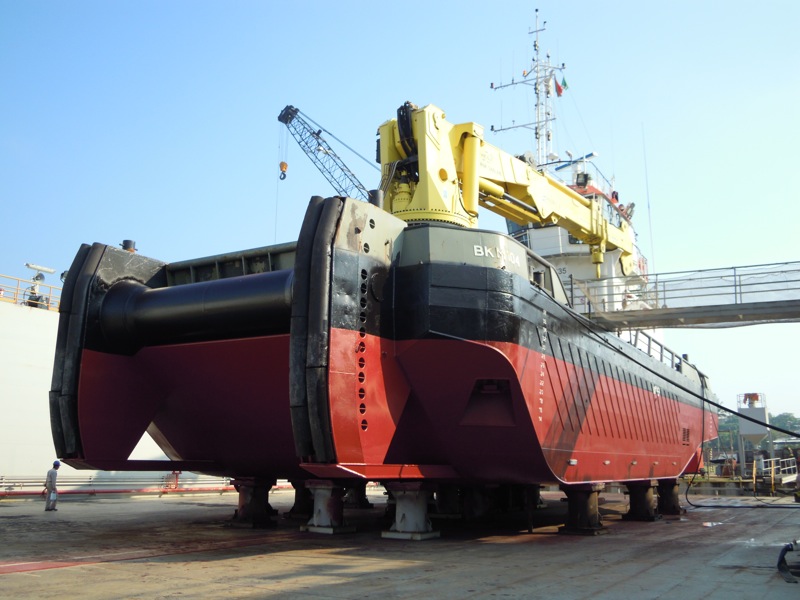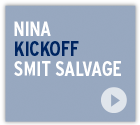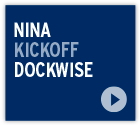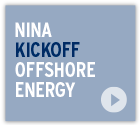NINA at Work articles
- Number 2 / 2024
- Number 1 / 2024
- Number 2 / 2023
- Number 1 / 2023
- Number 3 / 2022
- Number 2 / 2022
- Number 1 / 2022
- Number 3 / 2021
- Number 2 / 2021
- Number 1 / 2021
- Number 1 / 2020
- Number 4 / 2019
- Number 3 / 2019
- Number 2 / 2019
- Number 1 / 2019
- Number 4 / 2018
- Number 3 / 2018
- Number 2 / 2018
- Number 1 / 2018
- Number 6 / 2017
- Special edition / 2017
- Number 4 / 2017
- Number 3 / 2017
- Number 2 / 2017
- Number 1 / 2017
Media Library
TestimonialVideosNews Items
Dragging, lashing and hoisting: NINA on the multicat
 Multicats do the most dangerous dredging work there is: dragging, lashing, hoisting and pulling. Multicats are compact vessels whose crews have to handle enormous forces, operate large hoisting cranes on the open sea and work with ropes and winches under a huge amount of tension.
Multicats do the most dangerous dredging work there is: dragging, lashing, hoisting and pulling. Multicats are compact vessels whose crews have to handle enormous forces, operate large hoisting cranes on the open sea and work with ropes and winches under a huge amount of tension.
Nonetheless, there are few accidents. So what’s the secret? The answer, according to Arjan van Kooten, captain of multicat BKM 104, is having the right people in the right place. “We work with the same team as far as possible. That way, we can see the dangers and help each other out when necessary.” Things get more difficult – and more dangerous – if BKM 104 is obliged to hire local people. “You need a feel for this work. If I have a new man on board, I can see immediately if he’s a natural or not. NINA makes it easier to keep track of that sort of thing. We won’t accept anyone being a danger to other people.”
… and in the yard
BKM 104 recently stopped at the Chet Morrisson Shipyard in for maintenance. On paper, everything should have been in order at Chet Morrison, but the crew of the multicat still found cables and hoses swinging about on the stairs and the work floor was covered with all kinds of junk – in spite of the fact that welding and burning was sometimes happened on in the vicinity. Piet Kant, Plant Engineer: “We called in an internal safety officer who convened a brief safety meeting every morning and evening. What happens is that people get ‘sucked into’ what they’re working on and forget all about safety. It’s only when they actually realize why something is dangerous that they change their approach. That’s something people learn by pointing things out to each other. Thanks to the NINA Values, we saw a real improvement at the shipyard.






